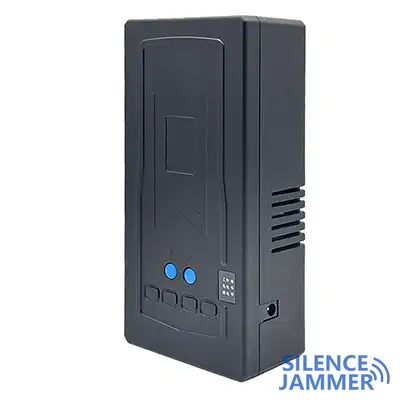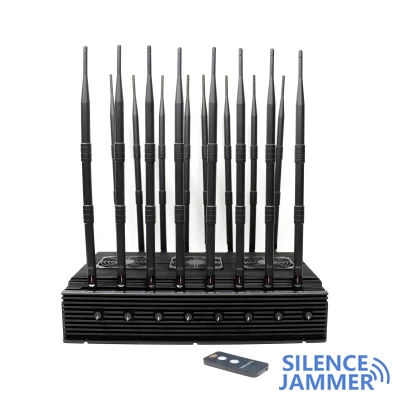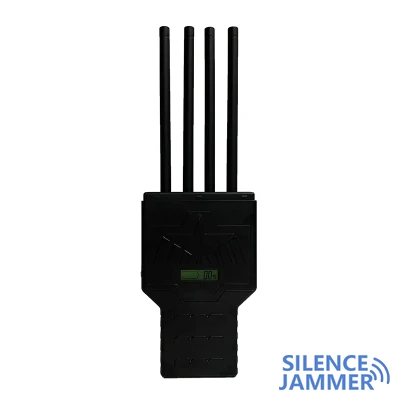The May 2023 report "Making the Most of Europe's Sky Shield Program" released by the Center for Strategic and International Studies (CSIS) describes a survey conducted by researchers in which most respondents listed drones as an important target to be addressed. Potential methods for detecting drones include radar, passive RF sensors (such as direction finders) for detecting signals sent or received by intruders, acoustic sensors, and optoelectronic systems for sky or terrain backgrounds.
Drone detection methods

- Passive RF sensors: Detect RF signals between drones and their ground control stations to identify the specific model of drones. For example, the Bukovel-AD system developed by the Ukrainian company Proximus can detect drones within a range of 100 kilometers and jam their data transmissions within 20 kilometers.
- Active radar: Existing radar systems can detect large drones, but small drones are difficult to distinguish. The medium-range 3D radar developed by Spanish company Advanced Radar Technologies can detect drones as small as 0.01 m², such as micro quadcopters.
- Electro-optical sensors: Electro-optical sensors can automatically detect and track drone targets in the visible or infrared bands, using fixed cameras or cameras on rotating gimbals. Estonian companies Milrem Robotics and Marduk Technologies have collaborated to develop a mobile autonomous C-UAV platform that combines the THeMIS unmanned ground vehicle with the Marduk Shark electro-optical C-UAV system.
- Acoustic sensors: Detect the presence of drones by sound signatures using highly sensitive microphone arrays and audio analysis techniques. For example, the Skysentry acoustic sensor array provided by Microflown AVISA is capable of tracking a variety of targets from small multi-rotor drones to large fixed-wing drones.
Drone jamming technology
RF signal jammers force drones to perform pre-programmed actions by interfering with the RF connection between the drone and the control station or by disabling GNSS. For example, the Longbow+ and Sky Net Recurve Max+ systems from British company Kirintec are used on land and sea platforms respectively, and can cover multiple frequency bands to jam drones.
Shoulder-fired blocker jammers: Portable shoulder-fired jammer devices can be used to disrupt the communication and navigation functions of drones. For example, the EDM4S SkyWiper launched by Lithuanian company NT Service is designed to interfere with the communication and satellite navigation functions of aircraft with a range of 3-5 kilometers.
Summary
In summary, with the widespread application of drones in military and civilian fields, how to effectively detect and interfere with these aircraft has become a focus of global attention. Various technical means, such as passive RF sensors, radars, optoelectronic and acoustic sensors, each have their own advantages and can help identify and track different types of drones. At the same time, RF interference and portable jammer devices provide effective means to counter drones.




